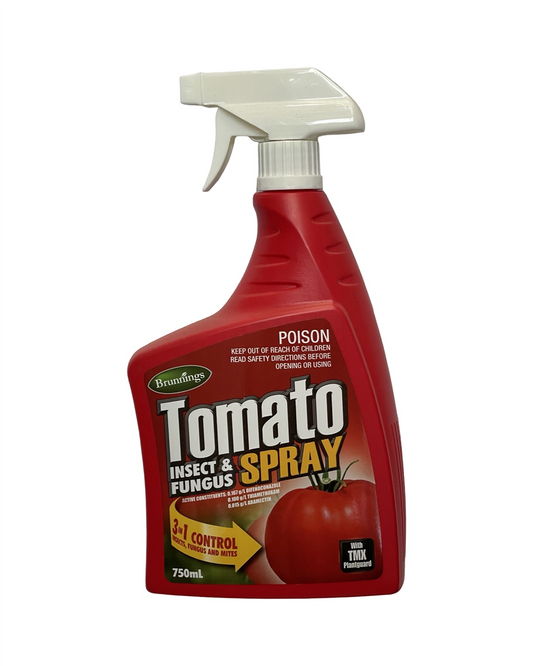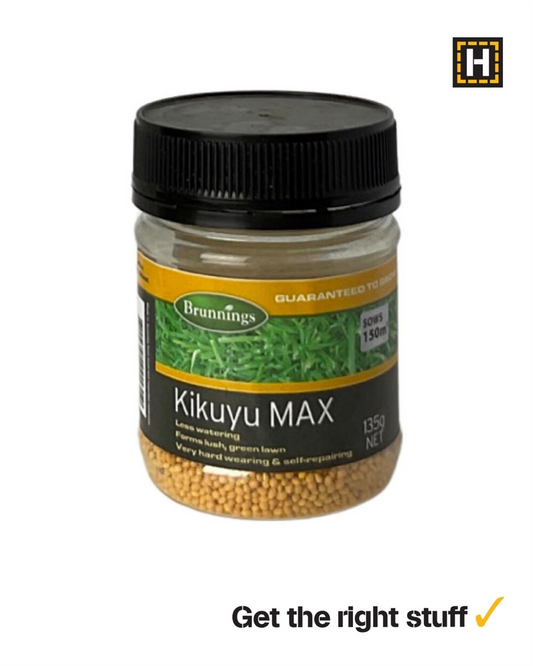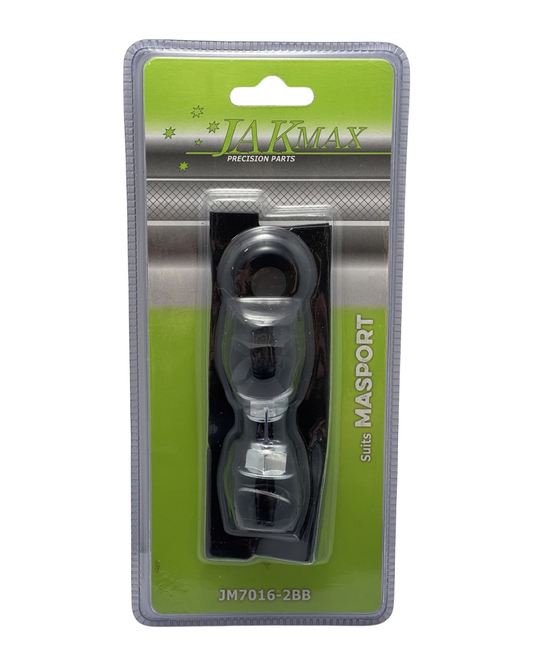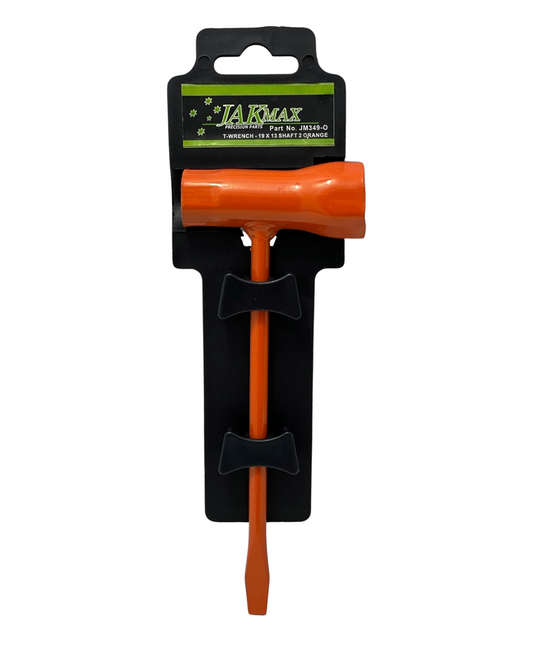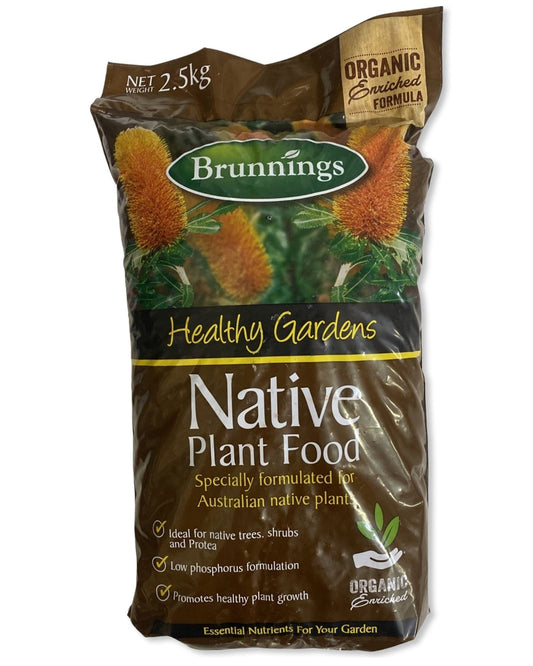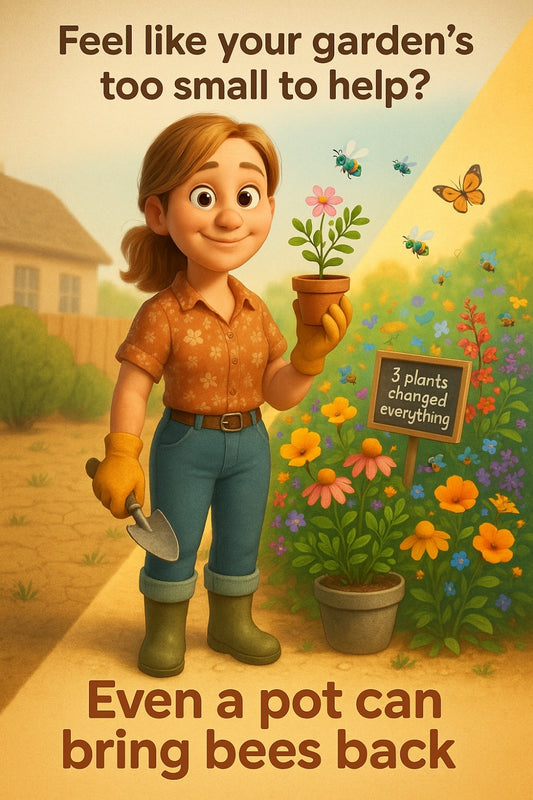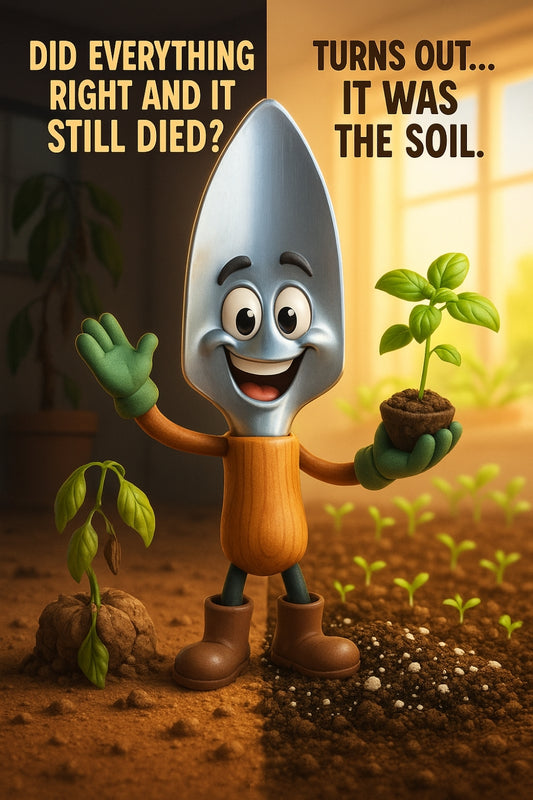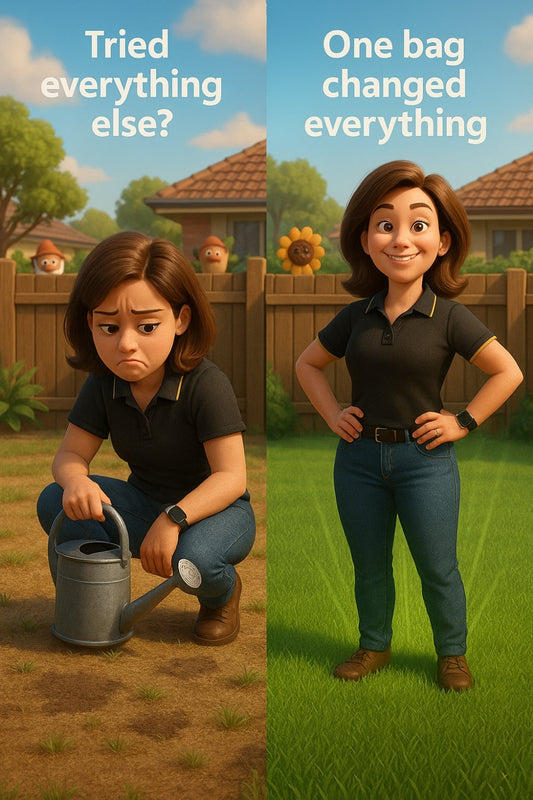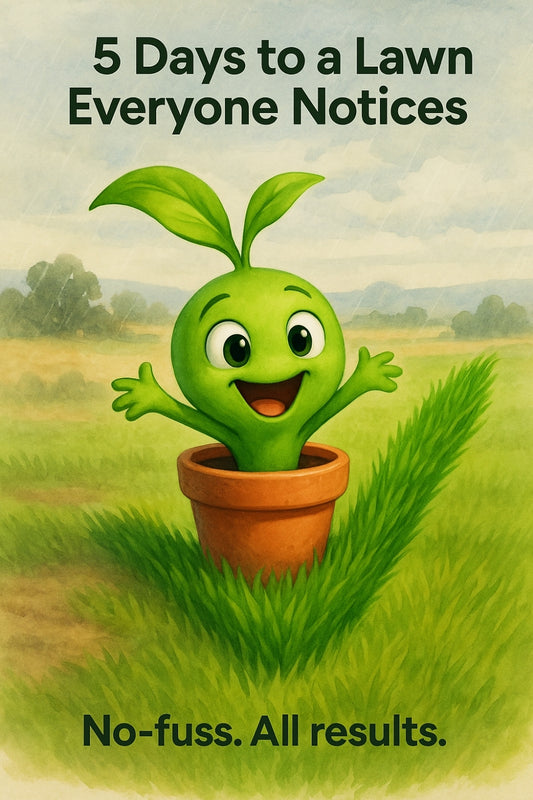Miracle-Gro lovers, your herbs are dying — it’s not you, it’s the soil.
Share
The indoor veggie secret most beginners miss
The internet swears by Miracle-Gro, but your thriving tomatoes won’t start there. If you've ever lovingly watered an indoor herb pot only to watch it wilt days later, there’s a good chance the culprit is hiding in your soil. Not your effort. Not your lighting. Just soil.
“My basil used to die after a week. Now it’s lived through winter on a windowsill. The only thing I changed? The mix.” — Candeece, Local Gardening Advisor
Good indoor vegetable gardening doesn’t start with fancy planters or heirloom seeds — it starts with what’s underneath. Literally. The right soil mix can mean the difference between struggling sprouts and lush, harvest-ready greens.
So what is the best soil for indoor veggies?
Let’s break it down. Your indoor plants don’t have the luxury of deep garden beds or the balance of outdoor ecology. They rely entirely on you — and the soil you give them — for everything: nutrients, moisture, airflow, root support.
That’s why garden soil from the backyard won’t cut it indoors. It’s too heavy, can harbour pests, and gets compacted in pots. Your plants suffocate before they get a chance.
The winning formula: Light, fluffy, and full of life
Here’s what your indoor veggie mix needs to truly support a healthy root zone:
- Coco coir or peat moss – for softness and moisture retention, so roots can breathe
- Perlite – those little white balls help with drainage (no more soggy pots)
- Compost – adds organic nutrients and microbiology that feeds your plants slowly
- Worm castings – natural fertiliser that supports strong root development
- Slow-release organic nutrients – to keep things ticking along as plants grow
Think of it as the ultimate support crew for your indoor veggie squad. Tomatoes, chillis, spinach, even carrots (yes, in deep pots!) all thrive when their roots feel safe, supported, and well-fed.
Used to be tricky — now it’s grab-and-go simple
Once upon a time, mixing your own soil felt like baking sourdough from scratch. Now? Local garden centres (yep, us included) carry pre-mixed blends made just for indoor growing — no guesswork needed.
Look for options that say “vegetable-grade,” “indoor container mix”, or are made by trusted Aussie garden brands. You want to avoid anything labelled just “potting mix” without context — these are often loaded with fillers or too coarse for edible plants.
Local insights = fewer mistakes
Generic mixes are made for mass shipping — not your local water hardness, climate, or sun exposure. That’s where tailored, South Australian-ready mixes shine. They’re tested here. They work here. You’re not experimenting — you’re setting yourself up to win.
Soil storage & use tips (because yes, that matters)
- Always keep soil in its original bag or air-tight storage to avoid contamination.
- Let soil “breathe” by fluffing it before use — it settles during storage.
- If using old soil, mix in fresh compost or worm castings before replanting.
Can’t I just grow veggies in water?
Hydroponics is great — but it’s not zero-effort. Plants grown in soil often taste better and are more forgiving if you’re still learning. Plus, there’s something grounding (pun intended) about tending to your soil each week. It’s a ritual. A relationship. Not just a method.
Micri-drop insight? Don’t overthink it: healthy soil = happy plants.
That’s it. You don’t need a fancy system or a Pinterest-worthy pot display. You just need the right soil mix, a splash of sunlight, and a few minutes each week to tend. The soil does the rest.
Start with good ingredients, locally backed advice, and you’ll go from unsure to unstoppable — sprouting pride, in every pot.
Happy planting!
Candeece 🌱
 Stay Connected
Stay Connected
Join our gardening community on Facebook: Urban Gardener's Notebook
And follow our Store Facebook Page: Strathalbyn H Hardware on Facebook

